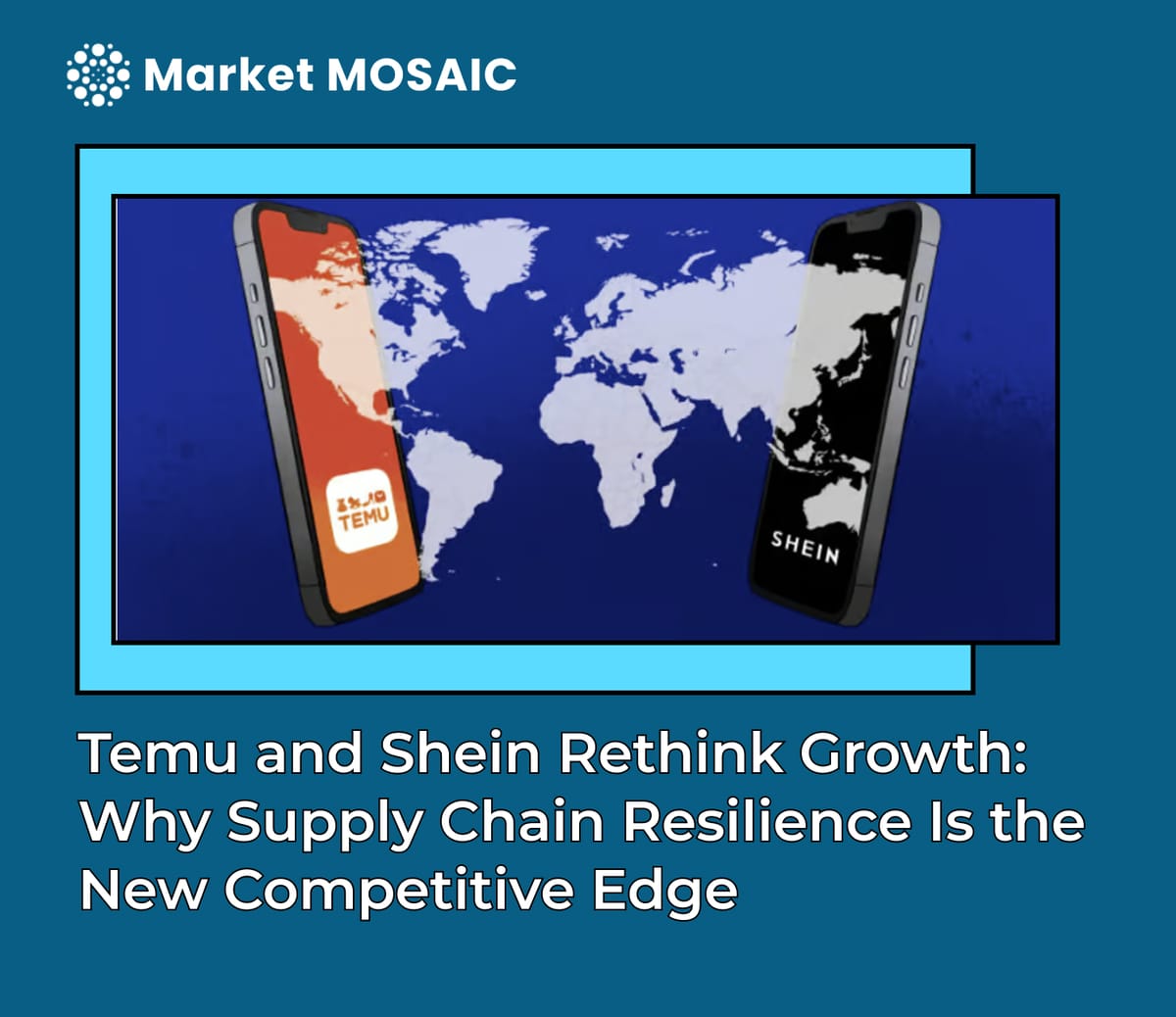Temu and Shein rethink growth: why supply chain resilience is the new competitive edge

The U.S. has long allowed packages valued under $800 to enter the country free of tariffs through the de minimis exemption which was a critical advantage for platforms such as Shein and Temu. This exemption facilitated a wave of ultra-affordable imports, reshaping how American consumers engage with fashion. With this regulatory cushion now removed, both platforms have confirmed upcoming price hikes, signaling a major economic and strategic turning point.
Market overview and data insights
Recent estimates indicate that more than 90% of all U.S. imports utilize the de minimis exemption. Shein and Temu alone are responsible for approximately 60% of this volume. The financial repercussions of the new policy are considerable. For example, imported sweaters may now face combined duties and tariffs nearing 170%. These changes present a direct threat to the core pricing model that has defined these platforms.
Both companies have responded with structural changes. Temu is actively moving away from its direct-from-China supply model. Instead, it is developing a partially managed U.S.-based marketplace. This model includes local warehousing and fulfillment, allowing the company to mitigate some of the new cost pressures. Shein, while preparing for a long-delayed IPO, is diversifying its manufacturing footprint to include countries like Brazil and Turkey. This move signals a pivot toward regionalization, an increasingly vital strategy in today’s fragmented trade landscape.
Strategic implication
The elimination of the de minimis exemption marks a significant shift in global trade dynamics. For international retailers, the costs associated with border taxes are no longer avoidable. The new policy forces a reevaluation of cost structures, sourcing strategies, and supply chain resilience.
For consumers, the most immediate change will be felt in the form of price increases. What was once an impulse buy at $3.99 may now cost two to three times as much. This shift could dampen demand and cause consumers to reconsider purchases, especially within price-sensitive demographics. Meanwhile, U.S. retailers may experience a short-term competitive advantage, having already accounted for these duties in their pricing models.
At the operational level, companies heavily reliant on China-centric supply chains must now accelerate diversification efforts. This includes exploring nearshoring, investing in logistics technologies, and building stronger relationships with regional manufacturers.
Lessons for business leaders
For CEOs and founders, this disruption isn’t just a threat rather it’s a chance to make smart, forward-looking decisions. Companies that have already built flexible and diverse supply chains with manufacturing and fulfillment spread across different countries are now in a strong position to lead the market.
This tariff change might just be the start. Business leaders should expect more regulations to come, possibly affecting things like digital services, sustainability standards, or shipping practices. Planning ahead is no longer optional it’s essential. Leaders must also prepare for the broader regulatory momentum. The de minimis rollback may be only the beginning. Future policy could address environmental compliance, digital services taxation, or new customs standards driven by artificial intelligence and automated verification. Strategic foresight will be essential.
Beyond logistics, the challenge for brands is to reframe their value proposition. In a market where price can no longer be the sole differentiator, businesses must turn to brand loyalty, community engagement, sustainability, and user experience as new vectors of competition.





